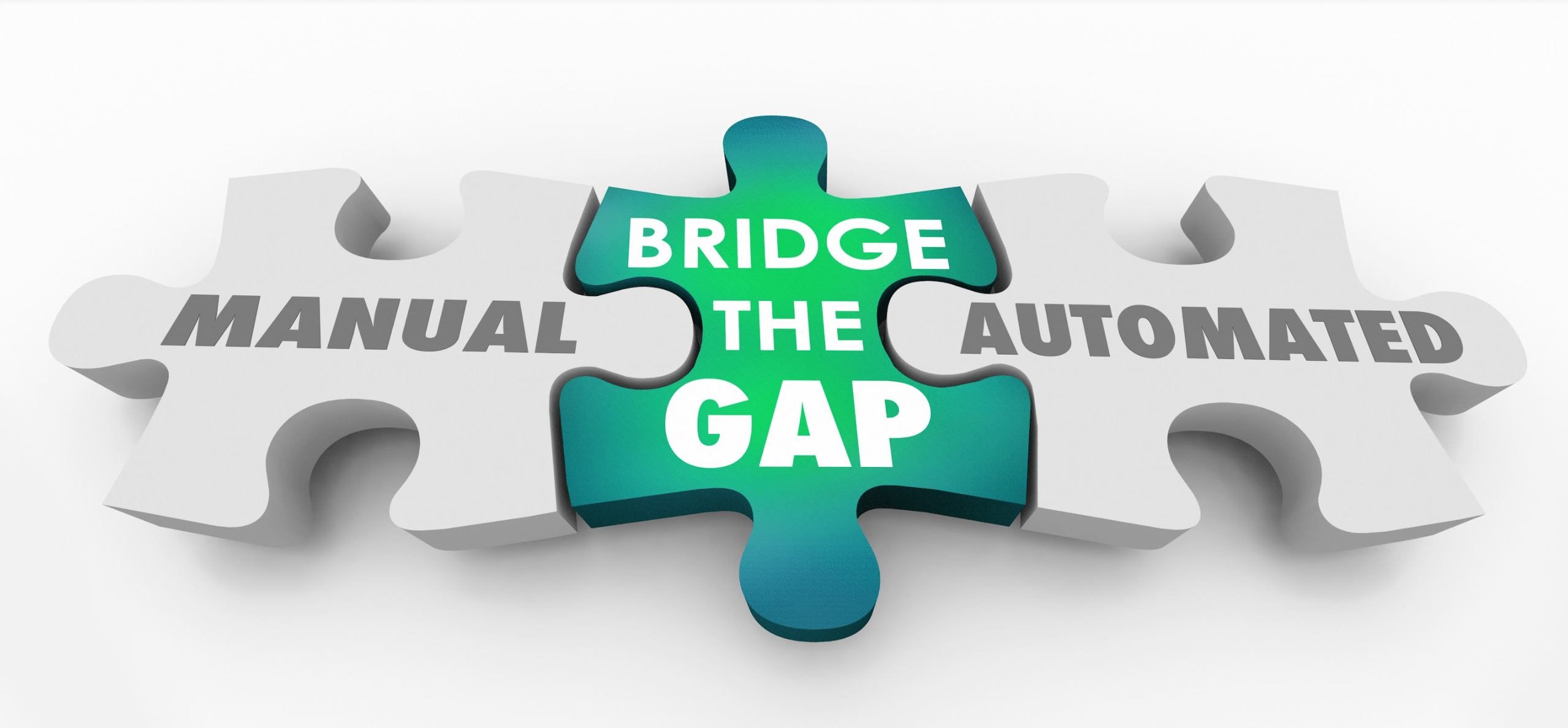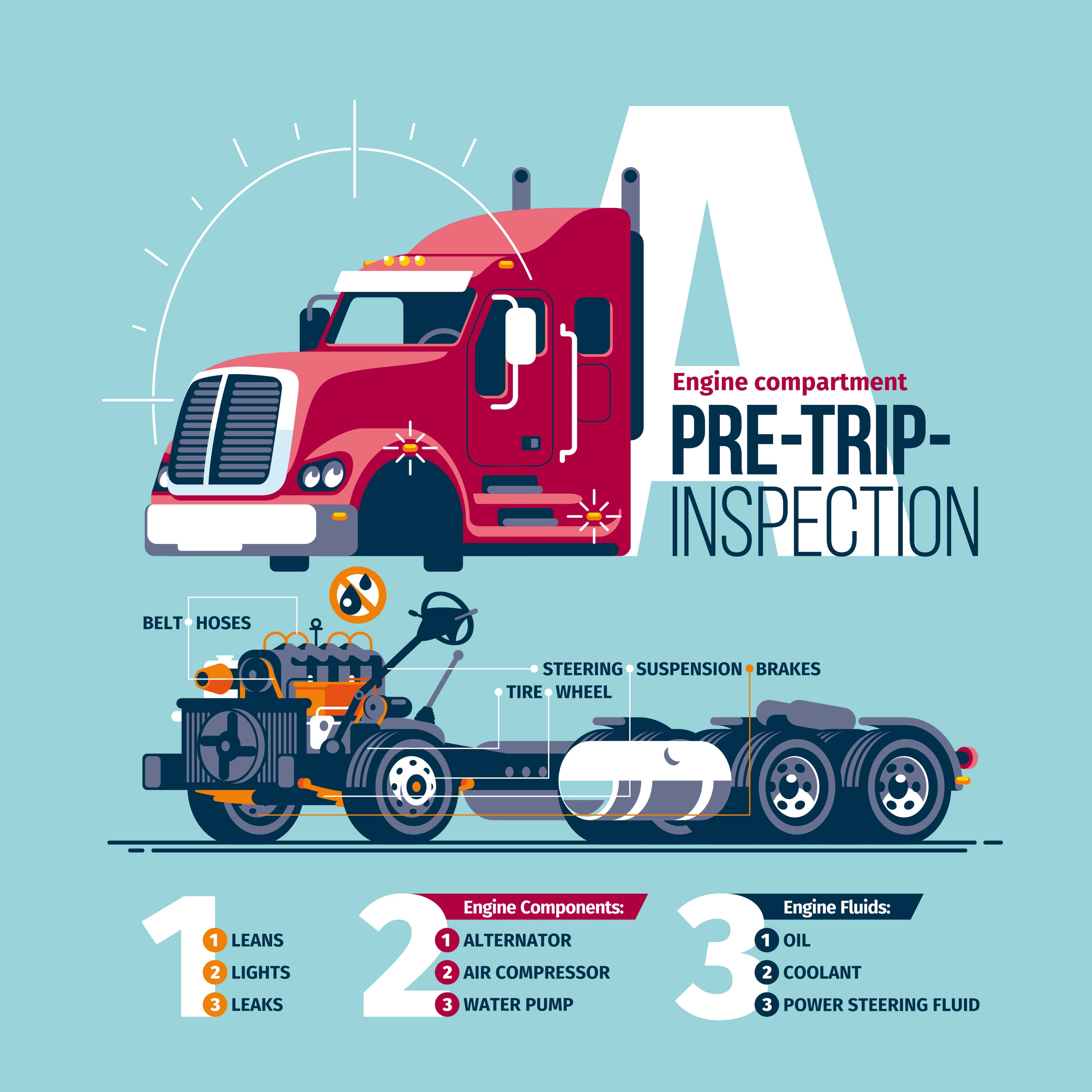Employees are considered to be the backbone of any business since they contribute to the success of the company and the satisfaction of their clients. It’d be good to note that despite the many contributions employees make, there can still be room for improvement. This makes the topic of staff management a good point to discuss.
This interest extends to the fields of artificial intelligence and machine learning. Workforce intelligence companies like Revelio Labs develop tools and software to help businesses analyze their employee dynamics.
That said, what is the purpose of workforce intelligence software? How does it function? If this is a new idea to you, continue reading to discover more about it.
What Is Workforce Intelligence?
Workforce Intelligence is designed to show you, as the business owner, where your workforce is headed using leading indicators. All of your company’s personnel data can be consolidated and cleaned up using this system. It can also be enriched with publicly accessible information.
Employers that make use of workforce intelligence can:
- Plan and predict your workforce’s needs more effectively
- Increase the level of employee satisfaction
- Optimize the hiring process
- Reduce the likelihood of employee churn while retaining high performers
- Estimate revenue and talent need
- Identify skill surpluses and shortages
- Maximize current worker capacity to achieve future objectives
Employers can use workforce intelligence to analyze and forecast trends, prepare plans against future situations, and transform their workforce for the future by building a unique image of their firm at the macro level. Therefore, as a business owner, it’s your competitive advantage when you create a workforce agility strategy for your team.
How Does Workforce Intelligence Work?
To get a better knowledge of a company’s personnel, workforce intelligence software uses a data-driven approach. Structured, semi-structured, and unstructured data are collected and analyzed using this tool.
Data must follow a particular set of rules or guidelines to be classified as structured. Machine learning has no trouble recognizing and comprehending them. Worker habits, browsing history, and even the usage of external device inputs are examples of this data.
Workforce intelligence tools may also analyze qualitative or unstructured data. Emails and social media interactions are examples of this sort of data. Unstructured data may be unusual for machine learning. Still, they give a more accurate picture of a company’s workers than structured data.

How Can Companies Better Use the Workforce Intelligence Tool?
The HR Department collects and analyses data to perform its duties. This includes monitoring employee time-outs and determining which ones are legitimate. It also uses the data to inform its decisions and monitor employee engagement. Employee engagement can then be improved by identifying factors that discourage and demotivate employees and critical workers who are in danger of leaving the organization.
Additionally, small businesses can easily analyze their employees’ attendance and how time is being spent through workforce intelligence software. Based on these data, business owners can make educated choices to retain top employees and reduce turnover, reducing financial risk for their company.
A workforce intelligence software can also help business owners analyze their employees’ performance and work patterns. Therefore, good workforce intelligence software can be an excellent way not just to enhance your organization’s efficiency and productivity but also to promote a good working environment and experience for your staff.
Things To Know Before Using Workforce Intelligence Software
Organizations must adopt workforce intelligence software to be able to adapt to their needs. Doing so can help minimize software complexity and increase efficiency. Remember that the goal of creating Workforce Intelligence is to demonstrate the importance of quantifying workplace diversity, equality, and inclusion.
When you use Workforce Intelligence, you can monitor and report on your company’s progress toward your company goals and handle any issues that may arise. Getting the right software installed on the proper devices is the first step toward ensuring that your company has the flexibility to work seamlessly.
Before you decide to implement workforce intelligence software, there are a few key questions to consider, such as the following:
- Is the corporation willing to invest in staff training for the new software?
- Will the new software work seamlessly even if the company’s population grows significantly?
- How closely does it resemble the company’s operations in the actual world?
Also, before implementing any new technology, you must first have a thorough grasp of your company. This will push you to evaluate whether or not the software is genuinely necessary for your company. At the very least, if it is, it’ll enable you to devise a detailed strategy for maximizing its advantages.
Takeaway
A company’s strategic and tactical business choices are aided by workforce intelligence, translating workforce data into usable insights. Analytical and illuminating insights are provided by workforce intelligence. With its help, you can confidently develop succession plans and reorganize your workforce based on up-to-date information about labor market trends.




